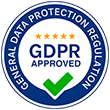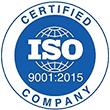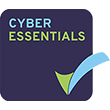10 Signs You Need to Switch Your IT Services Provider
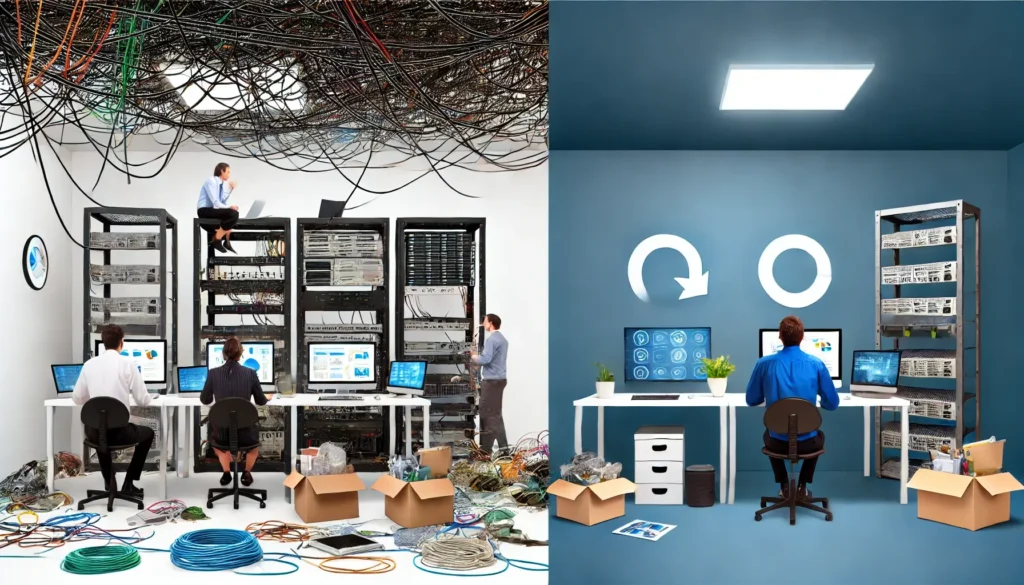
Many IT centric businesses opt for managed IT services for smooth, cost efficient, and secure IT operations. In 2024, the global IT spending will be worth USD 5 trillion. With this increased dependency on technology, companies simply cannot afford long downtimes, safety breaches and unchecked costs. Moreover, Outdated IT support can severely impact business performance and decrease productivity. Therefore, businesses should constantly reposition their IT strategies or even switch to a better IT service provider to make sure that they are making the most out of their IT investments. For scaling businesses, tech-centric corporations, decision-makers, and CTOs, here is how you know that you need to change your IT service provider. 10 Signs It’s Time to Change Your IT Services Provider Here are the top ten signs that indicate you should change your IT services provider as soon as possible. Nothing disrupts business operations or impacts overall performance and productivity more than regular network downtimes. It also has major financial implications. As per a recent survey, the cost incurred for an hour of downtime can go up to USD 100,000. Frequent interruptions in network availability suggest inadequate IT expertise or infrastructure management skills. Therefore, when connection problems are persistent, it is advisable to switch to an IT service provider that provides robust network solutions and keeps downtimes minimal. As the threat landscape has evolved dynamically, security has become a non-negligible aspect for businesses. Ongoing security breaches or lack of compliance with the latest cybersecurity protocols can have severe financial and reputational effects. Insufficient security measures endanger the overall business infrastructure, putting businesses in a very vulnerable position. IT services should help businesses with robust security solutions and strict compliance with cybersecurity standards and regulations. If the IT service provider compromises security strategy, consider shifting to better solutions. It is almost impossible to have zero disasters, business interruptions, outages, or other such crises. However, these unexpected events demand robust backup and recovery strategies that help regain business continuity with minimal impact. Slow or failed recoveries from data breaches or system failures indicate ineffective disaster recovery plans. If your current IT service provider fails to offer potent recovery strategies, search for other services that can provide comprehensive solutions for better preparedness during critical times. The technology space constantly evolves, and upgrading to these latest advancements helps improve business efficiency and productivity. It also ensures a competitive advantage with enhanced capabilities to adapt to the changing market requirements. Therefore, businesses must ensure that the digital infrastructure is updated frequently and that no obsolete technologies are used. If your IT service provider continuously uses outdated software and hardware that no longer meets industry standards, it’s time for change. It is impossible to define a fixed IT development blueprint that works for all businesses. Thus, there’s a need for scalable technical frameworks that can adapt to the changing business needs. An adaptive approach that makes sure that the IT infrastructure grows with the business without major infrastructural modifications and workflows remain seamless is exactly what scaling businesses need. If the IT support provider does not help you scale technology and operations up or, possibly down as per your needs, seek a provider that does. One of the primary reason for choosing a managed IT service provider is to ensure prompt and effective resolution of issues. The ideal IT service provider remains constantly prepared to assist, actively works to reduce the risk of IT failures, and minimizes downtime for seamless operations. It is advisable to carefully review the response times mentioned in the Service Level Agreements (SLAs) of the provider before making the choice. IT service providers should be well-equipped with the required resources and infrastructure to cater to the business’s technical demands. Additionally, they should keep up with the technical advancements, so that your company always has the competitive edge. If the provider seems unable to address complex technical issues or is unfamiliar with the latest technologies, there’s no reason why you should continue the service. Instead, look for an IT support team with dependable technical expertise and competent professionals. For smooth IT operations, businesses must constantly monitor their systems and regularly check for blockers and vulnerabilities. This helps them prevent security issues, unwanted disruptions, and unplanned downtime. If your managed IT team does not actively monitor and assess your IT resources, you need an IT service provider that keeps your performance in check constantly looks for ways to optimmise your operations. Transition away from managed IT service providers with rigid service offerings. Choose providers that embrace flexibility, allowing your business to adapt swiftly to technological advancements and market shifts. For example, with the adoption of IoT technology, a manufacturing firm needs extensive network modifications. Their existing IT service provider lacks the flexibility to update and secure this new network environment effectively, leading the firm to find a more capable provider. Transparent billing structures offer clarity and establish trust. They provide straightforward price information about the services they offer and the value they bring. Unpredictable billing structures and increased costs without clear justification or apparent improvements in service quality clearly indicate manipulation. Thus, if your IT support does not offer price transparency, it is another sign that you need reliable services. How to Transition Smoothly to a New Provider You must devise a strategic plan for a seamless transition to a new IT service provider. Here are some tips that make the process easier: The first step is to evaluate your actual business requirements and shortcomings. It will clarify the service features you need better and check for options accordingly. When choosing IT service providers, research extensively and check credibility before settling on any option. Avoid hasty decisions. Rather, look for providers with strong reputations and positive reviews that align with your business needs. After you make a list of potential service providers, try reaching out to them. Check if they can effectively cater to your requirements. Ask for detailed proposals and compare their services, costs, and case studies. For more confidence, speak to
How Businesses Should Plan Their IT Budgets

Technology has permeated businesses of all sizes and indeed become indispensable. Consequently, as a small to midsize business owner or its IT manager, you must plan an IT budget that aligns with your business goals. IT budgeting not only tracks your business expenses but also helps you identify focus areas that promote business efficiency and growth. No IT budget or a poor one leads to several potential issues, such as surprising expenses, technological disruptions, and unmet business goals. This blog will walk you through a comprehensive IT budgeting guide with expert insights, from basics to effective budgeting strategies, helping you better manage your SMBs. Evaluating Your IT Needs Inventory and Audit The first step to preparing an IT budget is to take stock of your current IT assets and infrastructure. This involves compiling an inventory of all hardware, software, subscriptions, maintenance contracts, and network infrastructure. Each item should include the purchase date, working condition, warranty status, location, licenses, and supplier info. Auditing your IT assets allows you to allocate funds for upgrades and replacements. It also helps you identify obsolete technologies and inefficient systems potentially causing productivity issues and disruptions. Conversely, perform a cost-benefit analysis of assets that have run their course but still provide value. Remember, cost-cutting goes a long way in improving ROIs. Aligning with Business Goals Your IT budget must also reflect your business goals of scaling and expansion. You can achieve this through gap analysis wherein you define where you are and where you want to be. It allows you to accurately determine the technology upgrades required to meet upcoming needs and grow your business. Some areas to focus on are: Not auditing your IT infrastructure regularly or aligning your budget with business goals and market trends can risk overspending, underutilized assets, cyberattacks, non-compliance, and staying behind competition. In addition, several industry experts recommend keeping separate funds for emerging technologies. For instance, AI and GenAI are two of the nine future-of-work trends (Gartner 2024) that can future-proof your business and help you stay competitive in the face of global disruptions. Understanding IT Expense Categories The next step in IT budgeting is to group your expenses into two main categories: Capital Expenses (CapEx) and Operational Expenses (OpEx). CapEx CapEx refers to the new IT assets you will purchase this fiscal year. It represents the one-time costs for new hardware, software, and network upgrades. Its estimate must be based on the IT audit and the company’s goals. Here’s a process you can follow to prepare a CapEx budget: Another consideration is the trade-off between buying and leasing assets. While buying is the go-to option for certain resources, you may also consider leasing. It helps you control expenses and preserves cash flow. For instance, if you’re shifting your operations to the cloud gradually, purchasing expensive hardware won’t make sense. Plus, when the lease ends, you can replace old resources with more advanced ones. OpEx This category refers to the annual recurring operational costs. Things like subscriptions, licenses, cloud services, internet connection, personnel costs, support contracts, telecom expenses, etc. fall into this category. While CapEx involves large upfront costs, OpEx is a monthly cost that can be tweaked or rightsized. Managed Service Providers (MSPs) can provide you with their expertise in planning a comprehensive OpEx budget. They handle asset management, maintenance, and update requirements, freeing your IT team to focus on strategic activities. They can also help you shift a huge chunk of CapEx into OpEx to realize better ROIs. MSPs can help you calculate your business’s IT assets TCO (Total Cost of Ownership) for CapEx and OpEx. A TCO budget includes: The TCO can be calculated as: ((ROI – Actual Expense)/Actual Expense) * 100. Consider an example of TCO for a data server acquisition. Its total cost includes purchase price, network integration, upgrades, maintenance, support contracts, cybersecurity costs, licenses, and user training. The TCO must be weighed against the TBO (Total benefit of ownership), also called ROI, to ascertain its purchase feasibility. Effective Budgeting Strategies Effective IT budgeting techniques may differ from business to business. Here are some strategies to consider: Percentage of Revenue Most SMBs allocate a fixed percentage of revenue to their IT budgets. It can be calculated simply as the ratio of operational expenditure (with depreciation) to the total revenue earned. While it ranges between 1-5% for 70% of the firms as per Gartner Community, the percentage may be higher depending on the company’s domain, size, and region. For instance, finance and healthcare firms assign higher percentages as they are highly regulated industries. However, it is noteworthy that a too-simplistic strategy often does not consider emerging technologies and changing market needs when budgeting. It results in a stereotyped budget that fails to reflect upcoming technology investments and priorities, making it hard to align it with business goals. Zero-based Budgeting This technique involves making a budget from scratch without considering previous years’ budgets. It is especially useful for startups and evolving businesses. Also called Zero-sum budgeting, it entails that your income minus your expenses must equal zero at the end. Follow these steps to implement a zero-sum budget: Prioritize, Plan, and Re-evaluate For an effective IT budget, it would be best to take a needs-based approach instead of what you “want”. You should ask yourself these questions: Moreover, it is crucial to acknowledge surprise expenses and be flexible in your budgeting strategy, also called agile budgeting. Hardware failures, technology breakthroughs, security breaches, sudden business growth, etc. are some unforeseen events that necessitate including contingency funds in the budget. Additionally, it helps you stay ahead of the curve by adjusting quickly to shifting priorities and market trends. The Value of an MSP Partner As your organization grows and embarks on the path to digital transformation, your IT budget gets more complex. This is where you can benefit from outsourcing your IT functions to Managed Service Providers (MSPs): Cost Control They help you save costs by negotiating with vendors to get better deals. They identify cost-effective IT solutions and create a long-term IT roadmap that aligns with



